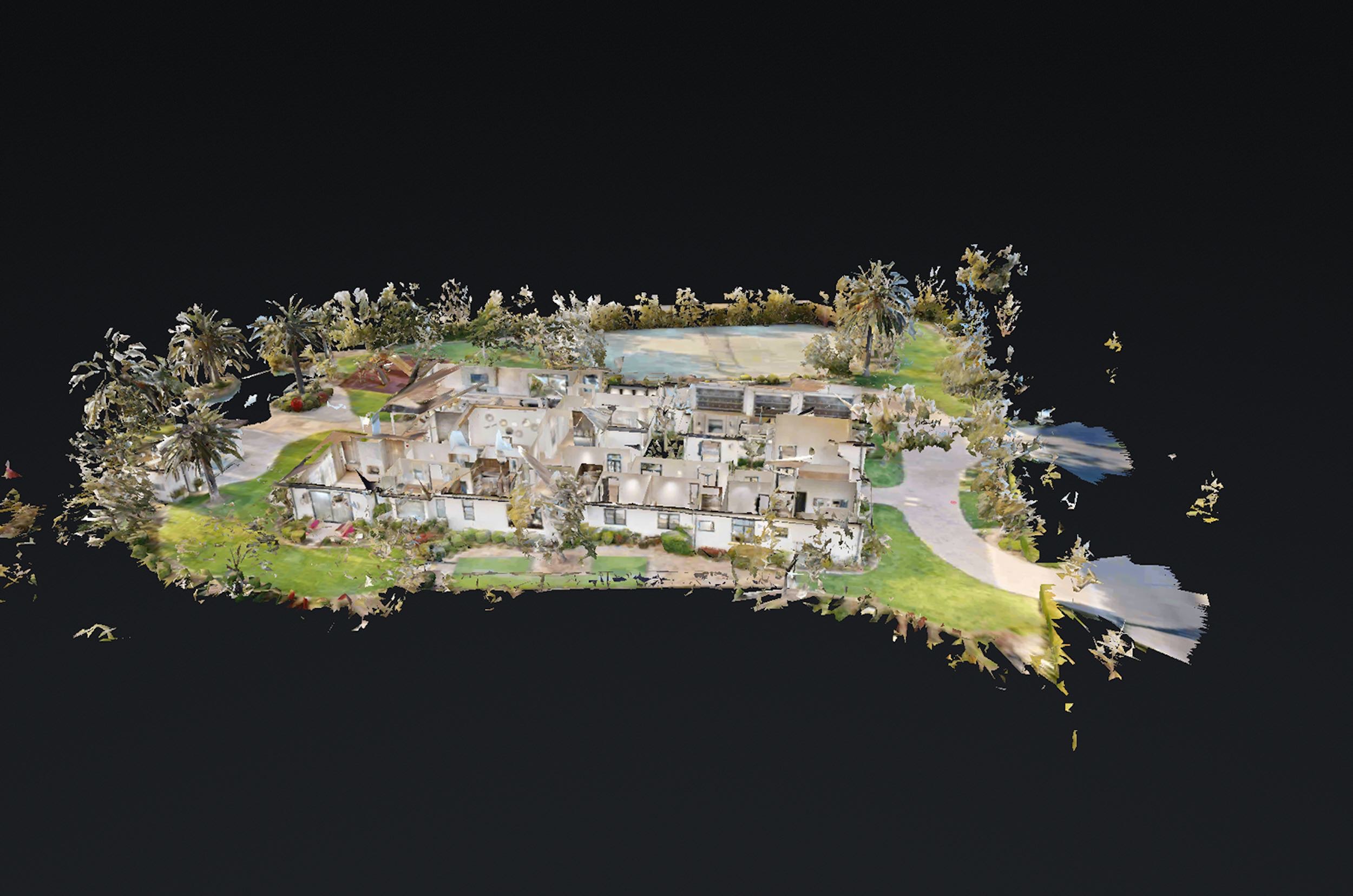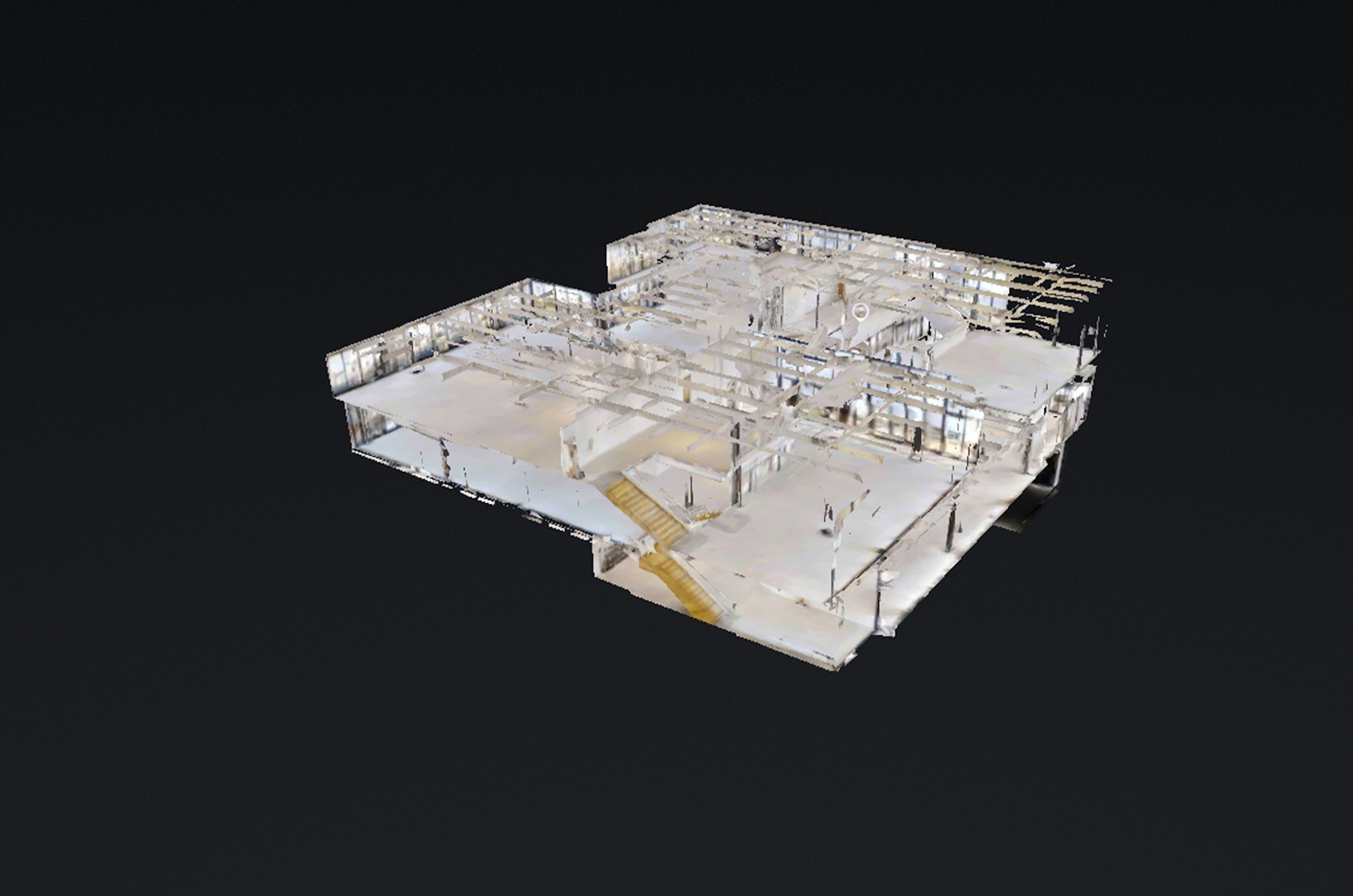In an age where technology leaps forward daily, one of the most heartwarming applications is in empowering our senior community to overcome physical limitations. 360 virtual tours, a marvel of modern technology, are not just tools for real estate agents or travelers; they are gateways to new experiences for seniors. This blog explores how these immersive virtual experiences can provide seniors with a newfound sense of freedom and connection, breaking down the barriers imposed by physical constraints.
Embracing New Horizons: For many seniors, mobility restrictions can lead to a sense of isolation and a longing for the outside world. 360 virtual tours offer a window to countless destinations, from the pyramids of Egypt to the serene parks of Paris, all from the comfort of their homes. These tours can be a source of joy, education, and a much-needed escape from the monotony of daily routines.
Enhancing Cognitive Abilities: Engaging with virtual environments can be a stimulating exercise for the brain. Navigating through different spaces and absorbing new information keeps the mind active, which is crucial for seniors. This cognitive engagement can help in slowing down the progression of age-related cognitive decline.
Social Integration Through Virtual Experiences: Virtual tours can be shared experiences. Seniors can embark on these journeys with family members, caregivers, or friends, either remotely or together. This shared exploration fosters social interaction and bonding, which is vital for emotional well-being.
Customized Experiences for Individual Needs: The beauty of virtual tours is their adaptability. Seniors with specific interests can explore art galleries, historical sites, or natural wonders tailored to their preferences. This personalization adds a meaningful dimension to their exploration.
Promoting Physical Activity: While virtual tours are primarily visual experiences, they can also encourage physical movement. Seniors can use stationary bicycles or treadmills while engaging with these tours, combining light exercise with mental stimulation.
Accessibility and Ease of Use: Advancements in technology have made 360 virtual tours increasingly user-friendly. With simple interfaces and voice-activated controls, these tours are accessible even to seniors who may not be tech-savvy.
Supporting Emotional Health: The sense of exploration and freedom that comes with virtual tours can have a positive impact on seniors’ emotional health. It can alleviate feelings of loneliness and helplessness, providing a sense of control and excitement.
Conclusion: 360 virtual tours are not just technological innovations; they are lifelines that reconnect seniors with the world beyond their physical limitations. These immersive experiences offer more than just entertainment; they provide emotional uplift, cognitive engagement, and a sense of belonging and adventure. In bridging the gap between physical constraints and the desire to explore, 360 virtual tours are proving to be invaluable tools in enhancing the quality of life for seniors. As we continue to innovate, let us remember the power of technology to touch lives, especially those who benefit the most from these advancements.







